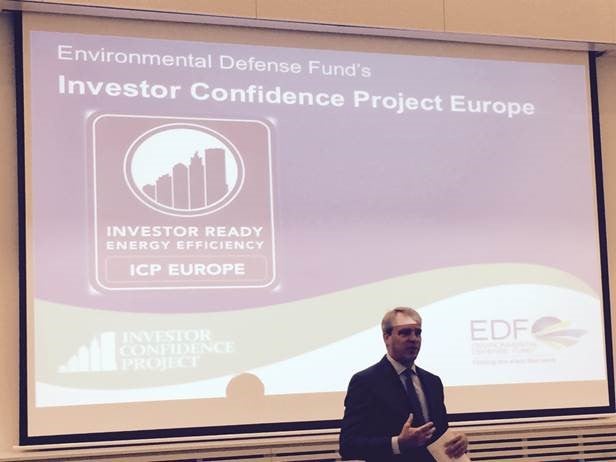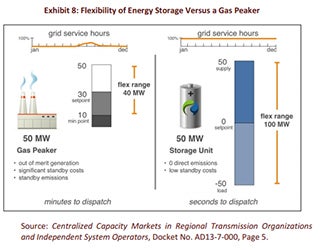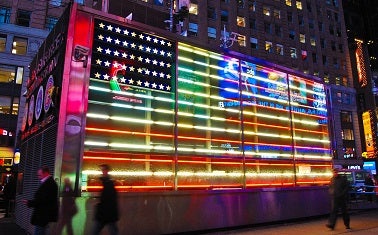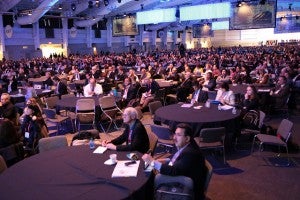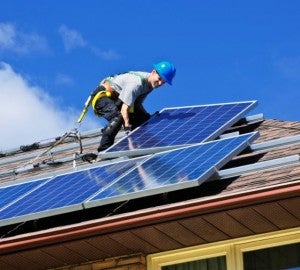By: Jorge Madrid, EDF Coordinator, Partnerships and Alliances, and Marilynn Marsh-Robinson, EDF Project Manager

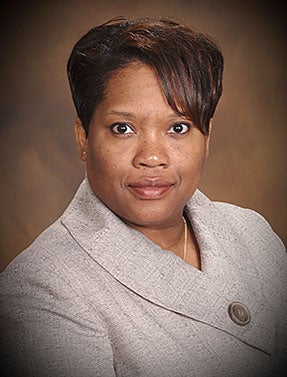
We’ve spent nearly 15 years collectively working on clean energy solutions for both rural and urban communities, often with under-resourced and underrepresented people at the front of our minds. One question, among many, that is consistently on the minds of elected officials and advocates alike is: How will clean energy policies affect low-income families and communities of color? This is a critical question to answer because low-income families, including a disproportionately large percentage of African Americans and Latinos, spend a greater portion of their income on utility bills. This means spikes in electricity costs can interrupt monthly finances, and even slight increases can take away from other basic needs like housing, education, and food.
Unfortunately, the concern about cost impacts on low-income families and communities of color is also frequently used as an argument against transitioning to a clean energy economy. Sometimes these arguments come from elected officials and advocates with genuine concerns, while other times, they come from industry groups who are trying to protect their own interests by pitting these communities against clean energy. In both cases, incomplete or outright misinformation muddies the water and impedes effective policy dialogue. Read More










